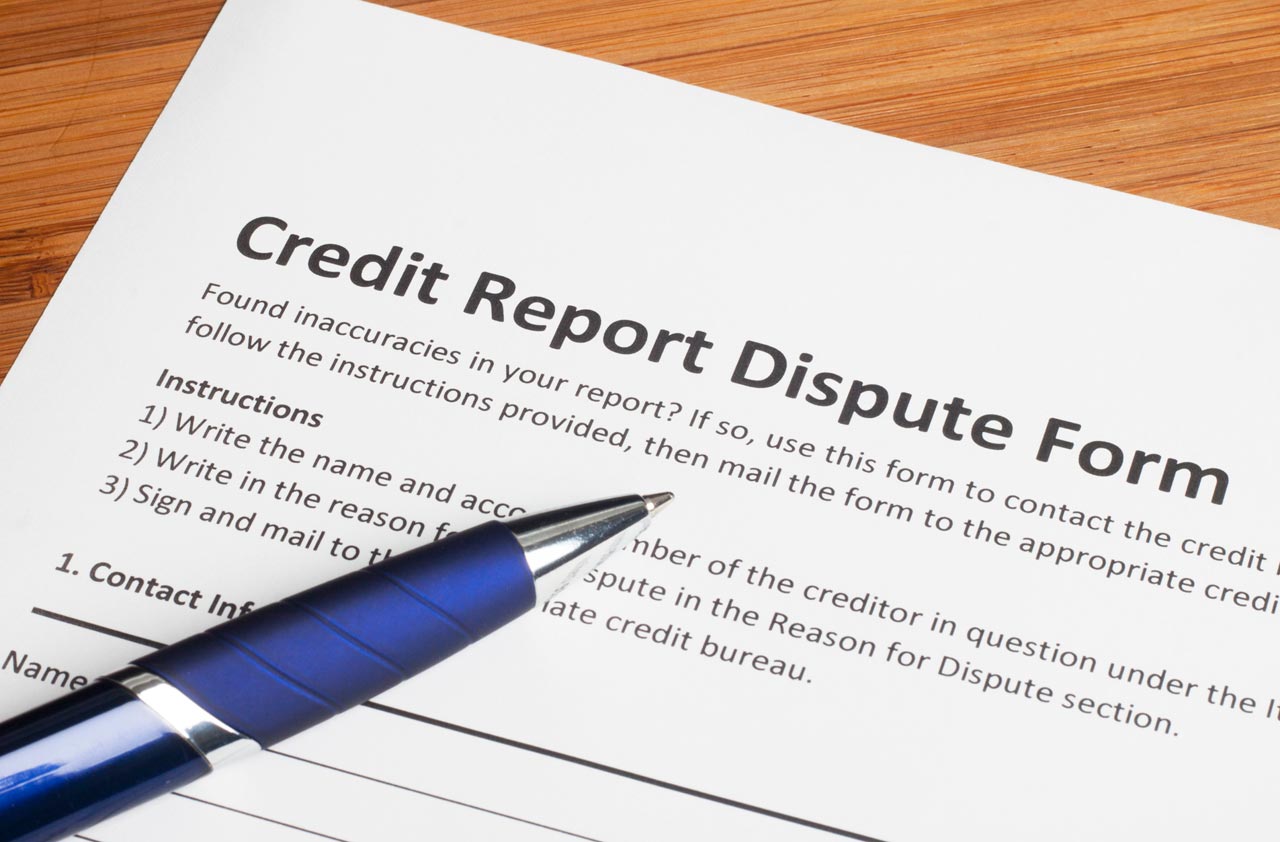Tapping an IRA for Charity
Donating by transferring money directly from an IRA to charity can lower your tax bill whether you file an itemized tax return or not.

Question: I read your column explaining that making a tax-free transfer from your IRA to a charity is even more attractive now that fewer people will be itemizing their deductions. But if I still itemize, is there a benefit to making the tax-free transfer rather than just withdrawing my required minimum distribution and then writing a check to the charity and taking the deduction?
Answer: Yes, even if you itemize, you can still benefit from making a tax-free transfer from an IRA to a charity, also known as a qualified charitable distribution.
If you withdraw the money from your IRA and then write a check to a charity, your IRA withdrawal is added to your adjusted gross income before you claim your deductions and determine your taxable income. But if you make a tax-free transfer to a charity, the money stays out of your AGI entirely. (Plus, the transfer counts as your required minimum distribution for the year.)

Sign up for Kiplinger’s Free E-Newsletters
Profit and prosper with the best of expert advice on investing, taxes, retirement, personal finance and more - straight to your e-mail.
Profit and prosper with the best of expert advice - straight to your e-mail.
Your AGI is used to determine whether you meet the income limits for many tax deductions and credits. But it can also have an impact on other government benefits you receive. For instance, a higher AGI may trigger a Medicare surcharge (which boosts your Medicare Part B and Part D premiums if your AGI plus tax-exempt interest income is more than $85,000 if single or $170,000 if married filing jointly) or cause a larger portion of your Social Security benefits to be subject to taxes.
A qualified charitable distribution, or QCD, is available to those who are 70½ or older and allows them to directly donate up to $100,000 from their IRA to charity each year tax-free. As you mention, this strategy is particularly valuable for people who are unable to take a charitable deduction because they don’t file an itemized return. And fewer people will be itemizing going forward, now that the standard deduction has nearly doubled. In 2018, single taxpayers who are 65 and older can take a standard deduction of $13,600, and married taxpayers who are 65 or older get a standard deduction of $26,600 (both husband and wife must be at least 65).
For more information about qualified charitable distributions, see FAQs About Giving Your RMD to Charity.
Get Kiplinger Today newsletter — free
Profit and prosper with the best of Kiplinger's advice on investing, taxes, retirement, personal finance and much more. Delivered daily. Enter your email in the box and click Sign Me Up.

As the "Ask Kim" columnist for Kiplinger's Personal Finance, Lankford receives hundreds of personal finance questions from readers every month. She is the author of Rescue Your Financial Life (McGraw-Hill, 2003), The Insurance Maze: How You Can Save Money on Insurance -- and Still Get the Coverage You Need (Kaplan, 2006), Kiplinger's Ask Kim for Money Smart Solutions (Kaplan, 2007) and The Kiplinger/BBB Personal Finance Guide for Military Families. She is frequently featured as a financial expert on television and radio, including NBC's Today Show, CNN, CNBC and National Public Radio.
-
 The AI Doctor Coming to Read Your Test Results
The AI Doctor Coming to Read Your Test ResultsThe Kiplinger Letter There’s big opportunity for AI tools that analyze CAT scans, MRIs and other medical images. But there are also big challenges that human clinicians and tech companies will have to overcome.
By John Miley Published
-
 The Best Places for LGBTQ People to Retire Abroad
The Best Places for LGBTQ People to Retire AbroadLGBTQ people can safely retire abroad, but they must know a country’s laws and level of support — going beyond the usual retirement considerations.
By Drew Limsky Published
-
 Credit Report Error? They All Matter
Credit Report Error? They All Mattercredit & debt Don't dismiss a minor error. It could be the sign of something more serious.
By Kimberly Lankford Published
-
 Insurance for a Learning Driver
Insurance for a Learning Driverinsurance Adding a teen driver to your plan will raise premiums, but there are things you can do to help reduce them.
By Kimberly Lankford Published
-
 529 Plans Aren’t Just for Kids
529 Plans Aren’t Just for Kids529 Plans You don’t have to be college-age to use the money tax-free, but there are stipulations.
By Kimberly Lankford Published
-
 When to Transfer Ownership of a Custodial Account
When to Transfer Ownership of a Custodial Accountsavings Before your child turns 18, you should check with your broker about the account's age of majority and termination.
By Kimberly Lankford Published
-
 Borrowers Get More Time to Repay 401(k) Loans
Borrowers Get More Time to Repay 401(k) Loansretirement If you leave your job while you have an outstanding 401(k) loan, Uncle Sam now gives you extra time to repay it -- thanks to the new tax law.
By Kimberly Lankford Published
-
 When It Pays to Buy Travel Insurance
When It Pays to Buy Travel InsuranceTravel Investing in travel insurance can help recover some costs when your vacation gets ruined by a natural disaster, medical emergency or other catastrophe.
By Kimberly Lankford Published
-
 It’s Not Too Late to Boost Retirement Savings for 2018
It’s Not Too Late to Boost Retirement Savings for 2018retirement Some retirement accounts will accept contributions for 2018 up until the April tax deadline.
By Kimberly Lankford Published
-
 How to Correct a Mistake on Your RMDs from IRAs
How to Correct a Mistake on Your RMDs from IRAsretirement If you didn't take out the correct required minimum distribution because your brokerage firm made a mistake, the IRS may show some leniency.
By Kimberly Lankford Published